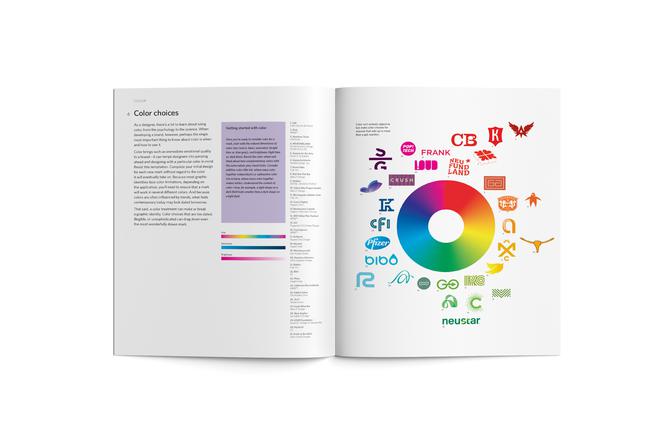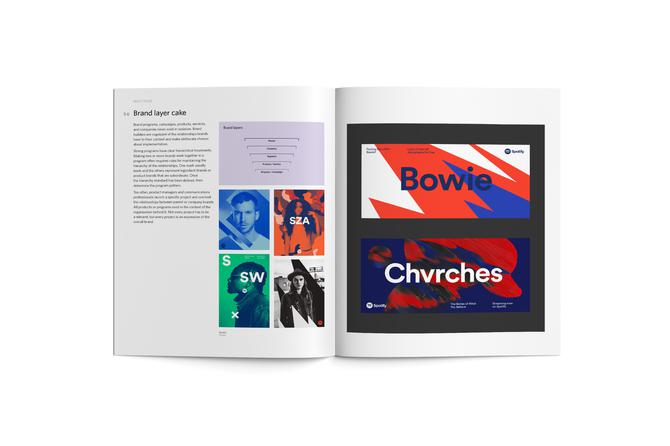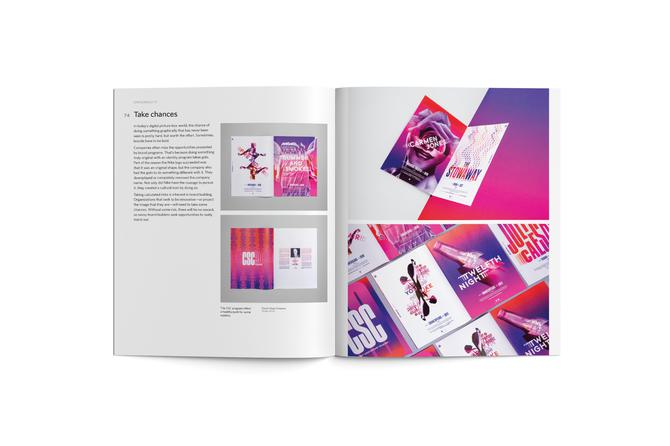
Peopledesign
The Built Environment
Furniture
Lighting
Textiles/Upholstery
Flooring/Carpet
Building Materials
AE Firms
Brand Identity Essentials
Brand Identity Essentials
A lot has been written about brands, but brand builders often lack the structure and approach to make a difference.
Brand Identity Essentials lays a foundation for brand building, defining the tools, and illustrating the construction of strong brands through examples of world-class design. Making a brand great is easier said than done. Brand Identity Essentials guides leaders, managers, and makers who build brands.
Brand Identity Essentials lays a foundation for brand building, defining the tools, and illustrating the construction of strong brands through examples of world-class design. Making a brand great is easier said than done. Brand Identity Essentials guides leaders, managers, and makers who build brands.






For Brand Managers
Brand management checklists for basics, application, and strategic thinking. Brand audits provide a way to think about and collaborate on brand decision-making. Use these tools to conduct brand reviews, frame improvements, and empower teams.
Free Download:
Baseline Brand Audit Template
For Educators
Fundamentals of brand building, from aesthetics to strategy. This class curriculum offers scaffolding for brand building. Students are exposed to branding building blocks, how to align aesthetic choices with strategy, and how to build robust brand programs.
Free Download:
Brand Fundamentals Curriculum
For Designers
A one-stop reference for connecting design elements to strategic branding concepts. Knowing where to begin to address the complexity of customer experience can be hard, but a recipe can help. We’ve built a model for thinking about brand building to help you make decisions and create systems.
Free Download:
Brand Identity Framework
100 Principles for Building Brands
Brand tools are the most familiar to creative teams. However, everyone has an opinion about them. They often involve aesthetic judgments about brand expression. Rather than viewing them as entirely subjective opinions, designers see them as creative tools. Leaders can make better decisions when they understand the palette of brand tools. Brand builders can encourage teams to dig deeper and guide choices based on strategy.

Just below the waterline are decisions that inform creative expression but require a broader reflection of a brand personality. Often, these traits are identified indirectly. For example, it can be easier to describe the character of what you’ve done after the fact. Brand builders strive to make these essential decisions to inform the creative process proactively. Staying ahead is not easy because the path is not always straight. However, a better understanding of brand themes and approaches will enable creativity and make editing easier.

Psychology
Wit
Trends
Media
Personalization
Process
Prototyping
Multiples
Standards
Investments
Ownership
The foundational elements of brand building can be the most elusive, but they are perhaps the most important. These essential strategies change the least and enable other work. Brand builders seek answers to these hard questions first. Going deeper and getting to the core philosophy takes longer, but pays off over the long term because understanding the motives behind customer decision making creates a firm foundation. The most cohesive brands last.

Change
Competition
Originality
Positioning
Research
Commitment
Touchpoints
Systems
Inspiration
Purpose
“Brand Identity Essentials, Revised and Expanded” by Kevin Budelmann and Yang Kim, published by Rockport Publishers, an imprint of The Quarto Group. Copyright © 2010, 2019 Quarto Publishing Group USA Inc. All rights reserved.
Thank you to all our contributors.
About the Authors

Kevin Budelmann is a speaker, writer, educator, and president of Peopledesign.
He is interested in design theory and practice in the context of business, technology, and society. After his BA from Carnegie Mellon, he earned a Master of Design Methods from the IIT Institute of Design.
Kevin has served in leadership roles for the IxDA, AIGA, and APDF. Kevin is also an adjunct professor at Michigan State University. and Northwestern University.

Yang Kim is the creative director of Peopledesign.
She draws on her experiences from Seoul to Washington, D.C., Carnegie Mellon, and Herman Miller. Her peers have recognized Kim’s work for its clarity, distinctiveness, humanity, and charm. Her no-nonsense style, wit, and devotion to her work have earned her longstanding client relationships.
Yang is an AAF Silver Medal Award recipient, an AIGA Fellow, and was voted as one of the “50 Most Influential Designers Working Today” in a Graphic Design: USA reader survey.


